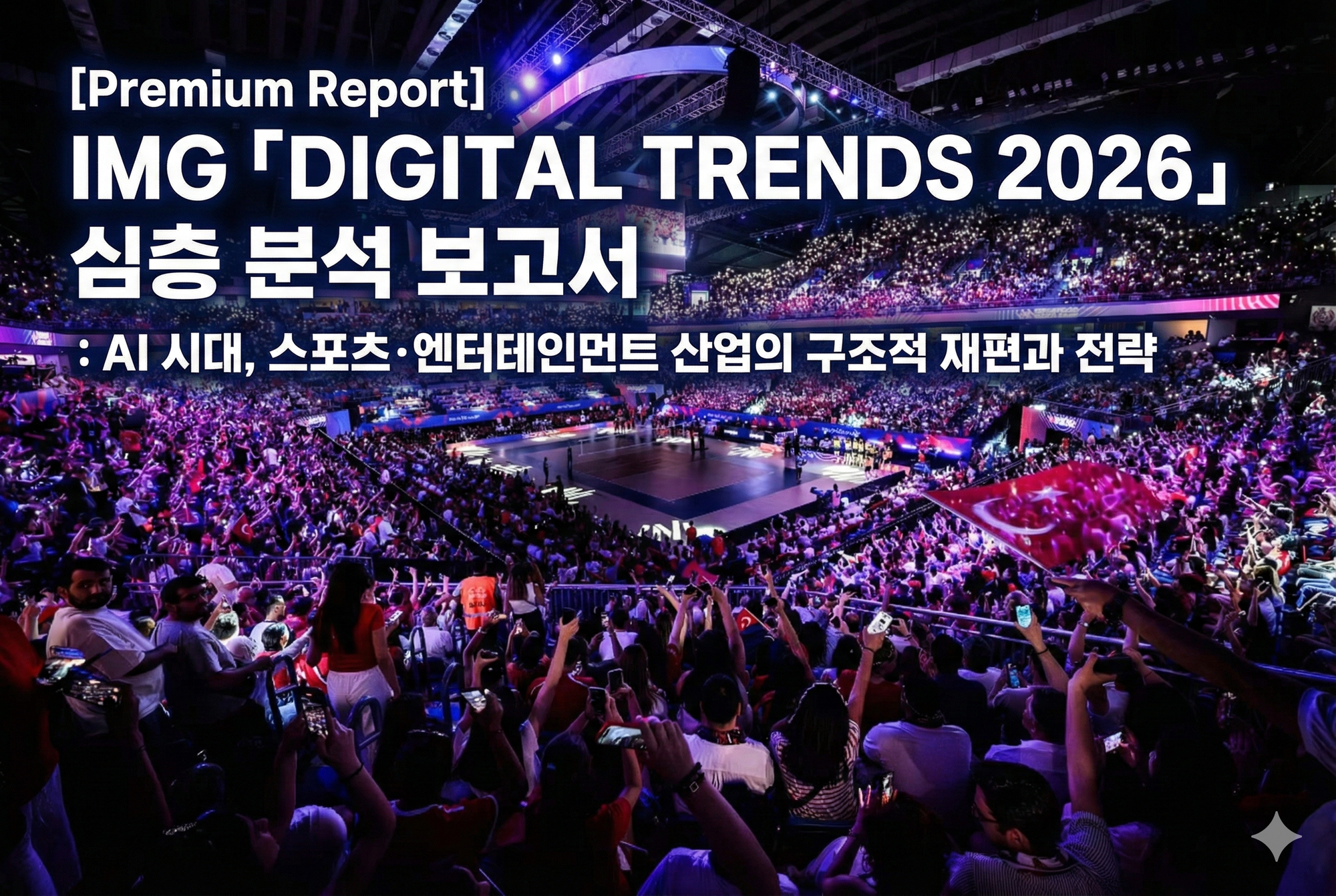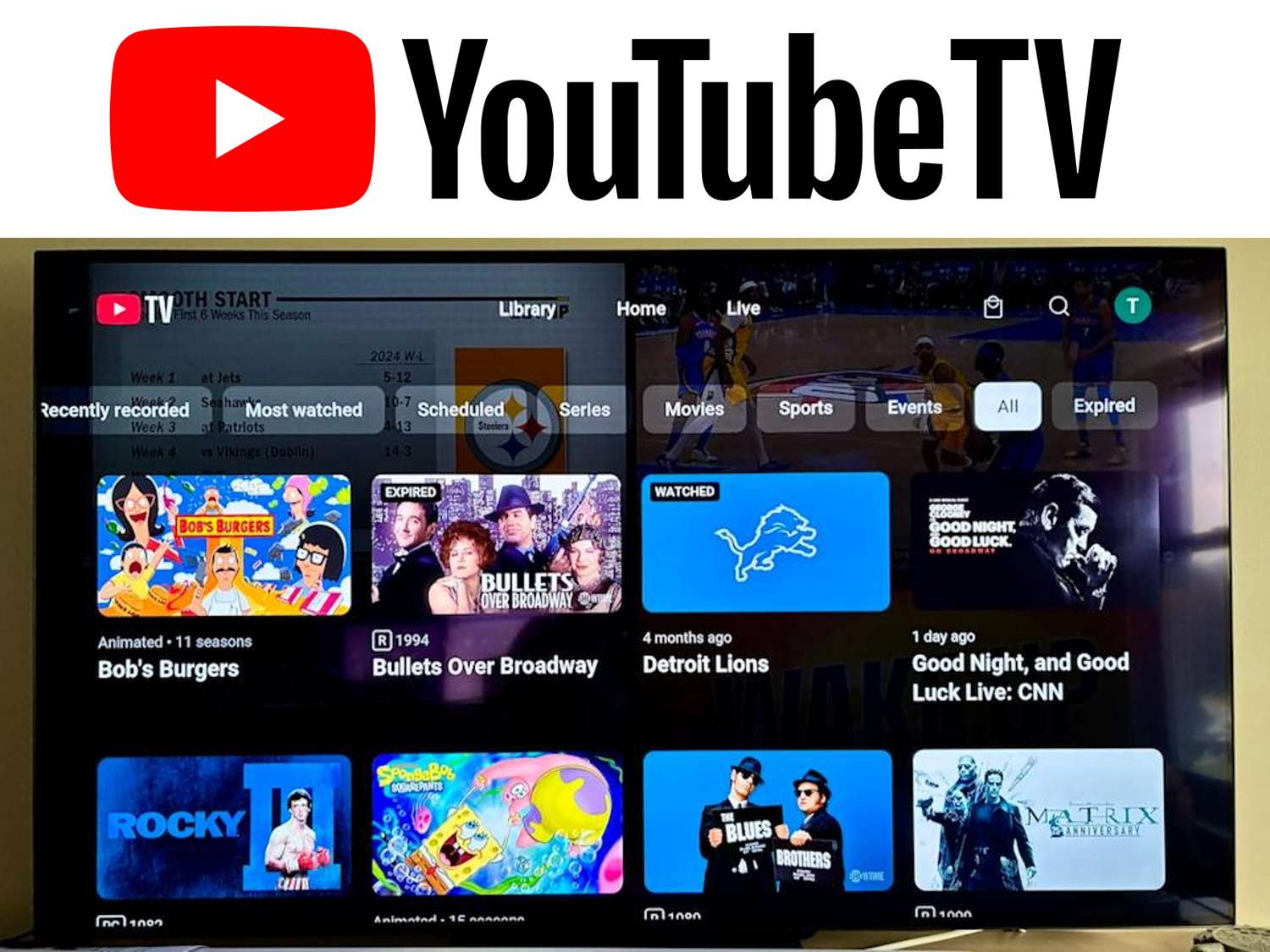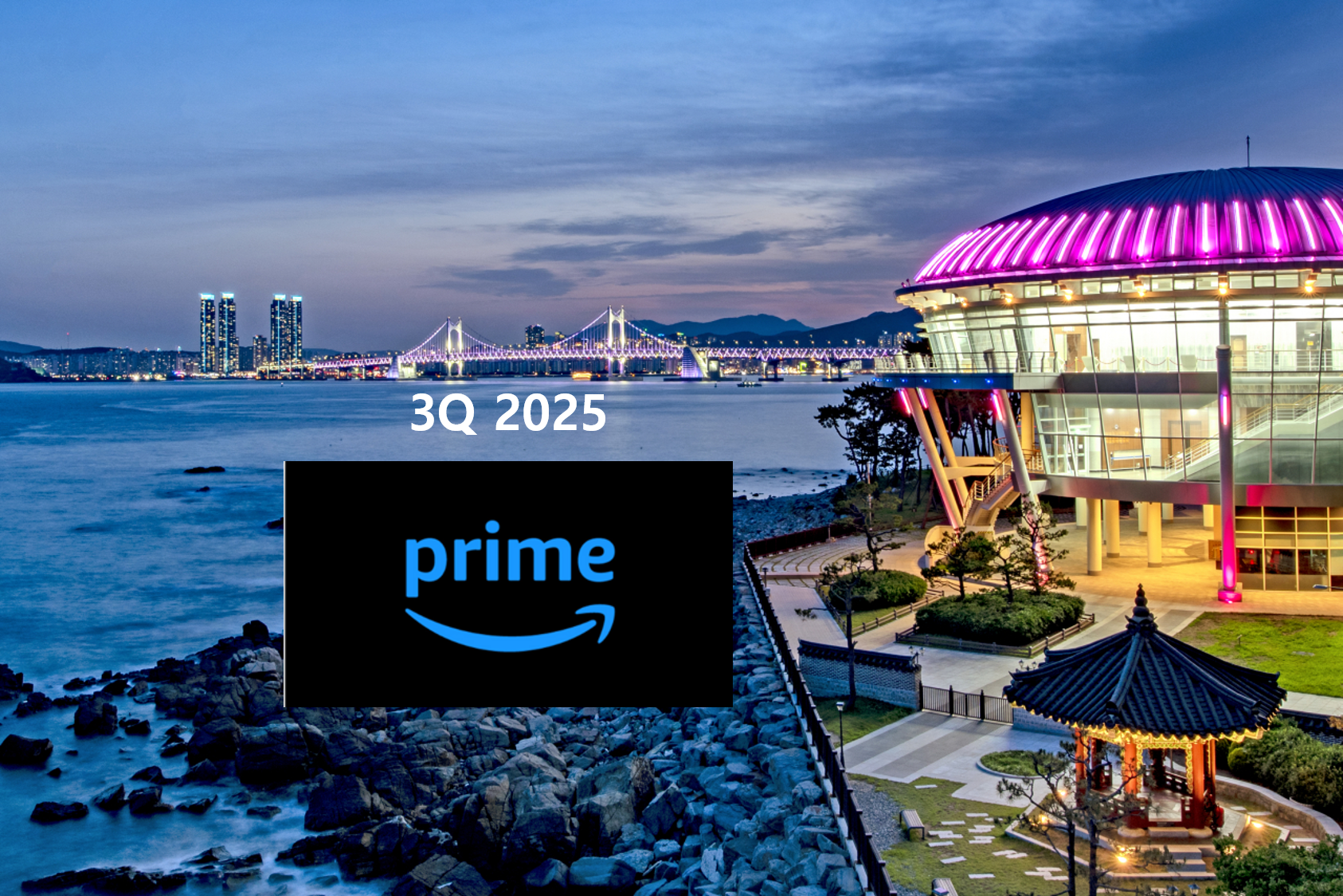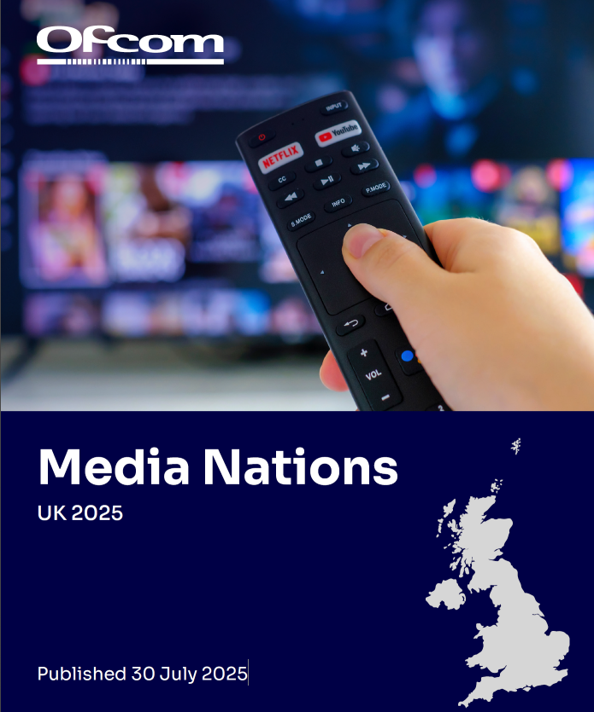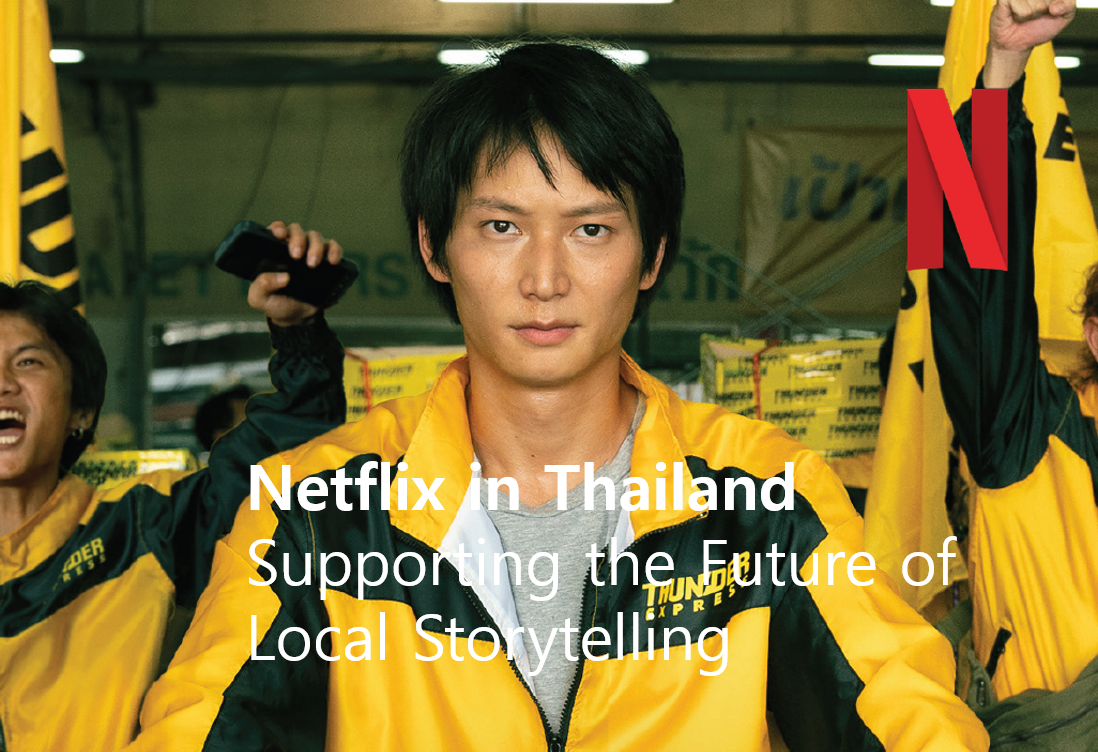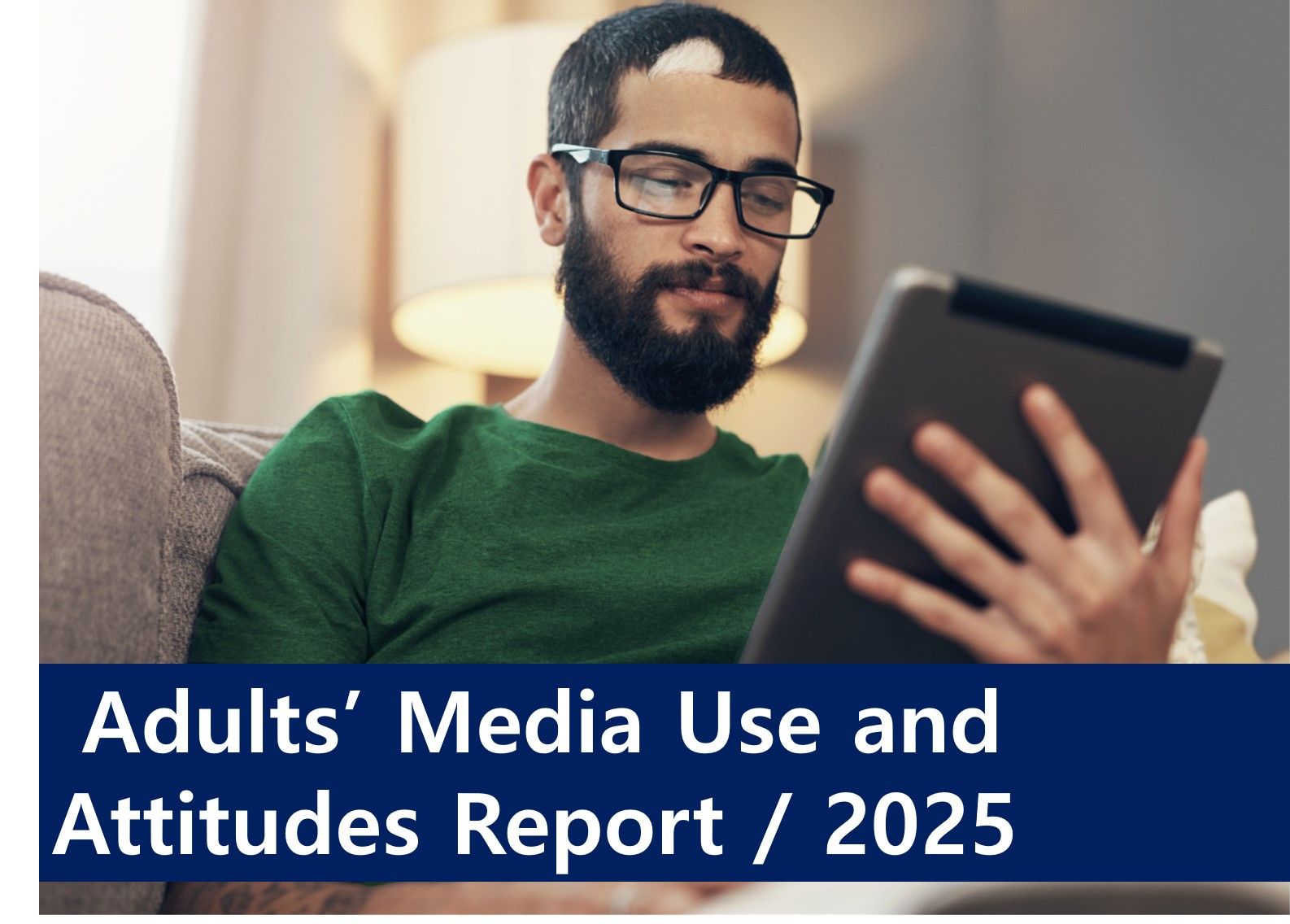Streaming Becomes TV: It's a Matter of Habit, Not Satisfaction (TV가 된 스트리밍…이제 만족이 아니라 습관이다)
Netflix, Disney+, and other streaming services have become a part of our livelihoods. Instead of TV, younger generations turn to streaming to view their favorite content. The phenomenon of "TV-turned streaming" is becoming clear: streaming services are replacing television.
Habit has proven to be the biggest factor in how we watch television. We turn on the TV when we walk into the house out of habit; we watch the morning news with our coffee out of habit. It also turns out that habit is more important than satisfaction with a particular platform when it comes to using streaming services.
In October 2023, Professor Chun Jong-sung of Konkuk University published a paper in the 'Korean Journal of Broadcasting & Telecommunications Research' titled, “Acceptance and Switching of OTT Platform: The Effects of Satisfaction and Habits on Continuous Use according to the Period of Use." The paper is based on a survey of 251 users in their 20s who had at least one streaming subscription between October 24 and 28, 2022.
The study produced various results through measurement model analysis and structural model analysis.
First, The study adopted the Unified Theory of Acceptance and Use of Technology2(UTAUT2) model to measure streaming service usage, which assesses which factors are more influential when using a particular service. UTAUT2 assumes that an individual's use of technology is influenced by age, gender, and experience.
Notably, factors like performance expectancy, effort expectancy, and social influence still played pivotal roles. Furthermore, this research underscored the significance of price value and content quality as crucial predictors for satisfaction in the realm of streaming services.
The path coefficients for price value (.22) and content quality (.28) exceeded those of other factors, and the change in R^2, indicating the effect size on satisfaction, was more than twice as substantial for price value (.08) and content quality (.09) compared to other variables. Hence, price value and content quality not only contribute to user satisfaction but also hold a critical role in sustaining subscriptions.
The main result of the structural model analysis was that habit (.51) played a bigger role in continued use intention over satisfaction (.32). The study also investigated whether there were differences in the influence of streaming service adoption models based on participants' usage periods. It found that the impact of habits and satisfaction differed between long-term and short-term users. For initial users, satisfaction had a significant impact on continuous usage, but for long-term users, habits were more influential.
Therefore, as habitual use increases over time, user satisfaction based on a particular factor or belief structure tends to decrease. Professor Chun explained that once the user forms a habit, the impact of satisfaction can be suppressed. Considering the "cost switching" factor, "even if the satisfaction with the service and system is low, the intention to continue using it will be maintained," he added, meaning that even if a person is dissatisfied with a particular service, the inconvenience of switching will force them to stay with the existing service.
However, this research rejected the initial hypothesis that satisfaction and the intention to continue using streaming services would be influenced by switching costs. Users were found to have minimal barriers to trying new products while enjoying affordable subscriptions with high-quality content.
The study also found that the use of paid streaming subscriptions has increased since the pandemic, as more people spent time at home. Compared to 2019, in 2021 Netflix’s revenue grew 3.4-fold, and 2.3-fold for Wavve, demonstrating the rapid maturation of the streaming service market.
Meanwhile, the rapid growth of the streaming market has led to a phenomenon known as "multi-homing.” Multi-homing is the use of multiple platforms by one user simultaneously for different purposes. 55.4% of respondents in the study also stated they use two or more streaming services.
Professor Chun suggested that as the streaming industry enters its mature stage, it is necessary to consider various strategies to protect users, including "content, streaming quality, high-quality interface, and application of AI and curation while maintaining low prices.”
TV가 된 스트리밍…이제 만족이 아니라 습관이다.
넷플릭스, 디즈니+ 등 스트리밍 서비스는 이제 일상이 됐다. 젊은 세대들은 이제 TV대신 스트리밍 서비스를 본다. 스트리밍이 TV의 자리를 대체하는 이른바 ‘TV가 되고 있는 스트리밍’ 현상이 명확해지고 있는 것이다.
TV 시청의 가장 큰 특징은 습관이다. 우리는 습관적으로 집에 들어가면 TV를 켠다. 스트리밍 서비스 이용에도 만족보다는 습관이 더 큰 영향을 미친다는 사실이 공개됐다.
2023년 10월 건국대학교 천종성 교수가 '방송통신연구(Korean Journal of Broadcasting & Telecommunications Research)'에 기고한 논문 'OTT 플랫폼의 수용과 전환: 20대 사용자의 사용 기간에 따른 만족과 습관이 지속 사용에 미치는 영향'에 따르면 초기 이용자들은 ‘만족’이 지속 사용 의도에 큰 영향을 미치지만, 장기 이용자에게는 '습관'이 더 큰 영향을 미친다. 이 논문은 2022년 10월 24일부터 28일까지, 20대 251명을 대상으로 스트리밍을 1개 이상 구독한 이용자들을 조사한 결과를 분석한 자료다.
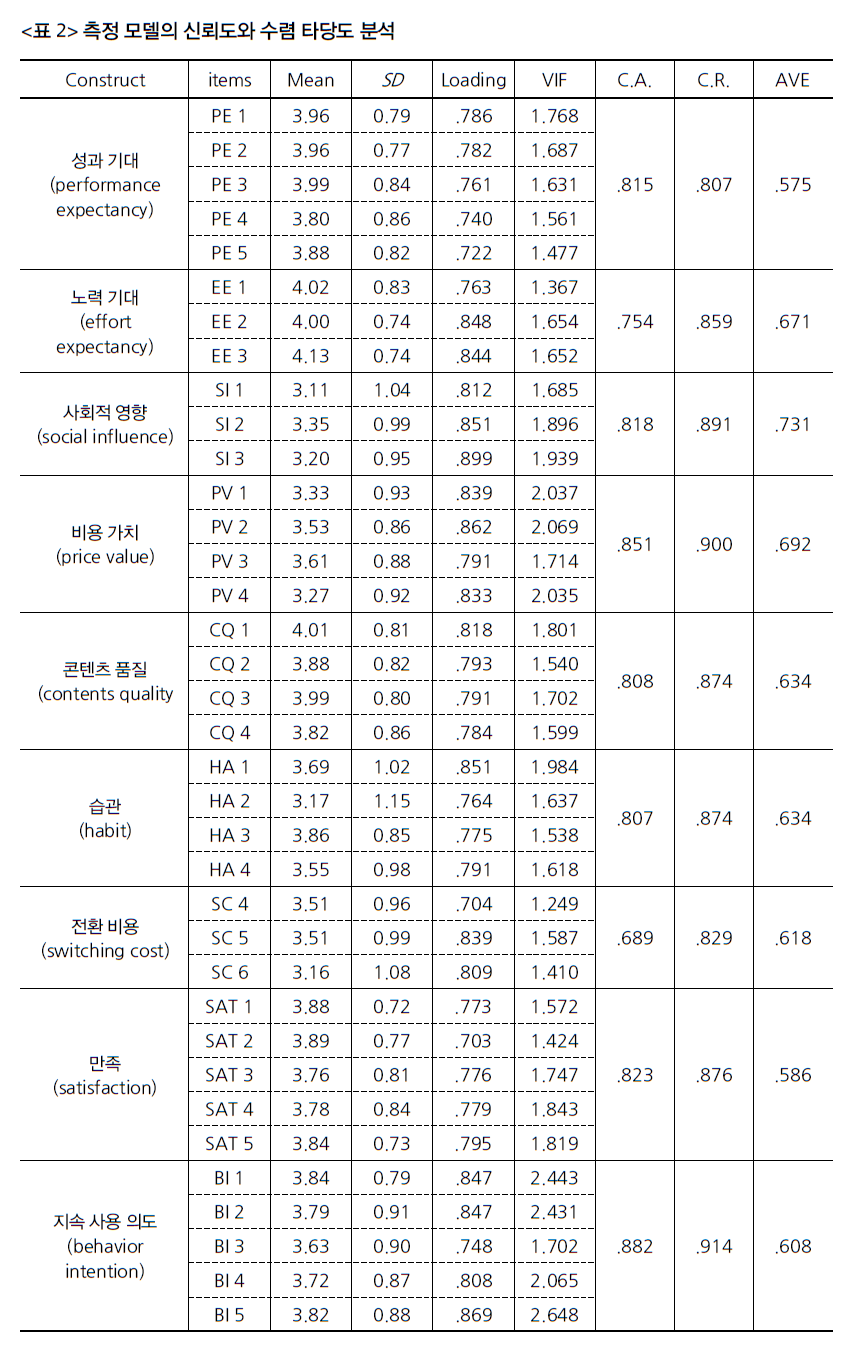
연구는 측정 모델 분석과 구조 모델 분석을 통해 다양한 결과를 도출하였다.
이 연구는 통합기술 수용 모델(UTAUT2, Unified Theory of Acceptance and Use of Technology)모델을 채택해 스트리밍 서비스 사용도를 측정했다.통합기술 수용 모델은 특정 서비스를 사용할 때, 어떤 요소가 더 영향을 미치는지 평가하는 것이다. UTAUT2는 개인의 기술 사용은 연령, 성별, 경험에 따라 영향을 받는다고 가정한다.
조사 결과 성능 기대, 노력 기대, 사회적 영향력 등은 스트리밍 서비스 사용에 여전히 중요한 역할을 했다. 특히, 스트리밍 서비스 만족에 대한 중요한 예측 변수로 가격 가치와 콘텐츠 품질이 확인되었다.
가격 가치(.22)와 콘텐츠 품질(.28)의 경로 계수는 다른 요인보다 높았다. 만족도의 영향과 크기를 나타내는 R^2의 변화는 가격 가치(.08)와 콘텐츠 품질(.09)의 경우 다른 변수보다 두 배 이상 크게 나타났다. 즉 스트리밍 만족도를 결정하는데 가격과 콘텐츠 품질은 매우 중요하고 구독 유지에도 중요한 역할을 하는 것으로 조사됐다.
구조 모델 분석에서는 습관(.51)이 만족(.32)에 비해 계속 사용 의사에 더 큰 영향을 미친다는 결과가 도출됐다. 또 이용자들은 저렴한 구독료와 품질 콘텐츠를 제공하는 스트리밍 서비스를 이용하면서 전환(다른 스트리밍으로의 이동)에 큰 장벽을 느끼지 않는 것으로 나타났다.
결국, 특정 요소나 신념(belief structure)보다, 시간 경과에 따라 사용자 만족은 감소하고 습관적 사용이 증가하는 경향이 커졌다. 천 교수는 논문에서 사용자가 습관을 형성되고 나면 만족의 영향력은 낮아질 수 있다고 설명했다. 그는 또 전환 비용 요소를 고려할 때 '서비스와 시스템에 대한 만족이 낮아도 지속 사용 의도를 유지할 것'이라고 덧붙였다. 즉 특정 서비스에 대한 불만이 있더라도 교체에 따른 불편으로 기존 서비스를 유지할 수 밖에 없다는 것이다.
그러나 만족과 지속 사용 의도를 전환 비용이 조절할 것이라는 가설은 기각되었다. 이용자들은 저렴한 구독료와 품질 콘텐츠를 제공하는 스트리밍 서비스를 이용하면서 전환에 큰 장벽을 느끼지 않는 것으로 나타났다.
또 혼자 있는 시간이 길어지면서 팬데믹 이후 유료 스트리밍을 이용하는 비중이 높아진 것으로 조사됐다. 2019년 대비 2021년 매출이 넷플릭스는 3.4배, 웨이브는 2.3배 증가한 것으로 나타났다. 이는 스트리밍 시장이 빠르게 성숙기에 진입하고 있다는 사실을 보여준다.
한편, 스트리밍 시장이 급성장하면서 '멀티호밍’ (multi-homing) 현상이 두드러졌다. 멀티호밍이란 사용자들이 여러 플랫폼을 이용 목적에 따라 동시에 사용하는 현상이다. 연구에 참여한 응답자 중 55.4%도 2개 이상의 스트리밍 서비스를 이용한다고 응답했다.
천 교수는 스트리밍 산업이 성숙기에 접어들면서 사용자를 지키기 위해 ‘저렴한 가격을 유지하면서도 콘텐츠를 비롯, 스트리밍 품질, 고품질 인터페이스, AI와 큐레이션의 적용 등 다양한 전략을 고민할 필요가 있다’고 제안했다.







![[프리미엄 리포트] 미국 케이블TV 2025, 변화와 미래 전략](https://cdn.media.bluedot.so/bluedot.directmedialab/2025/05/vj931j_202505270106.png)
